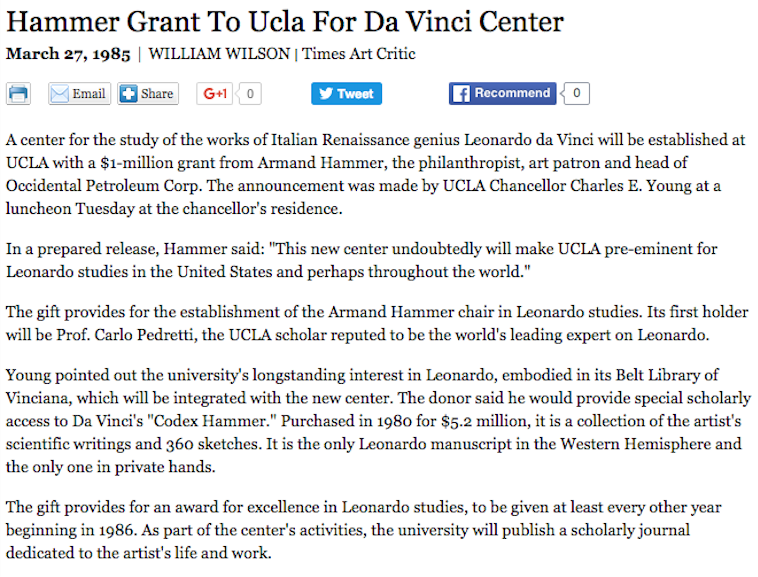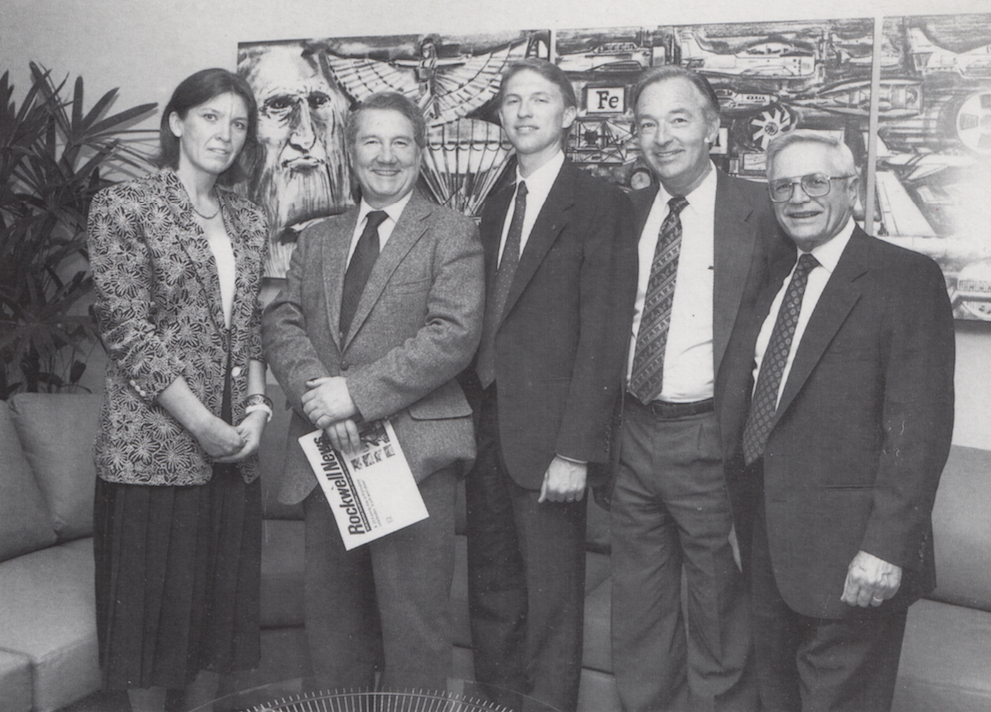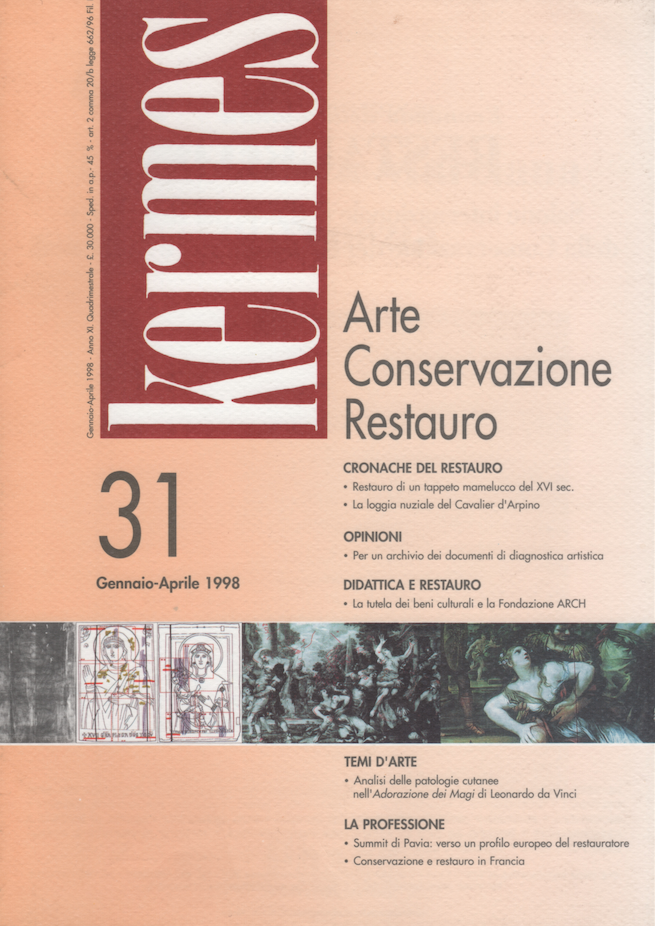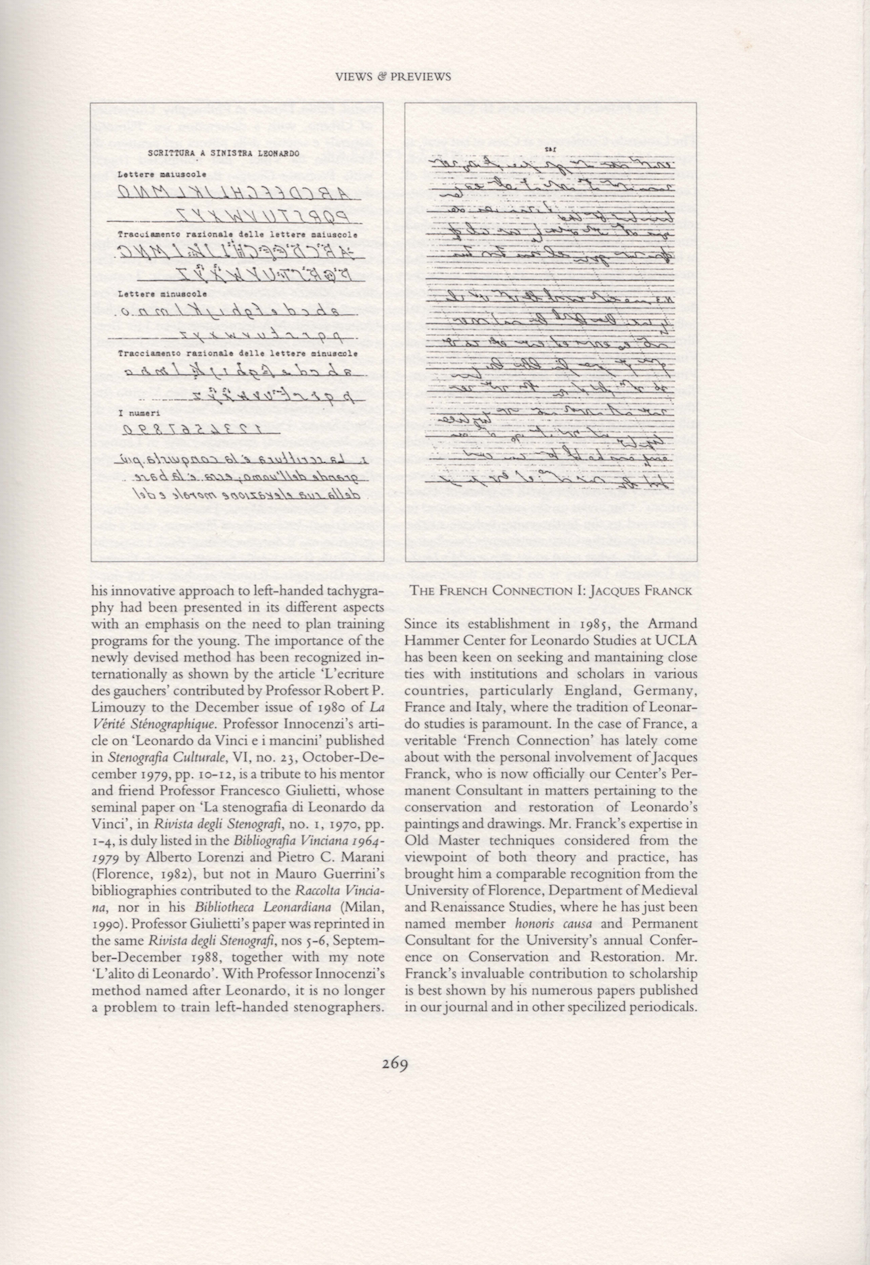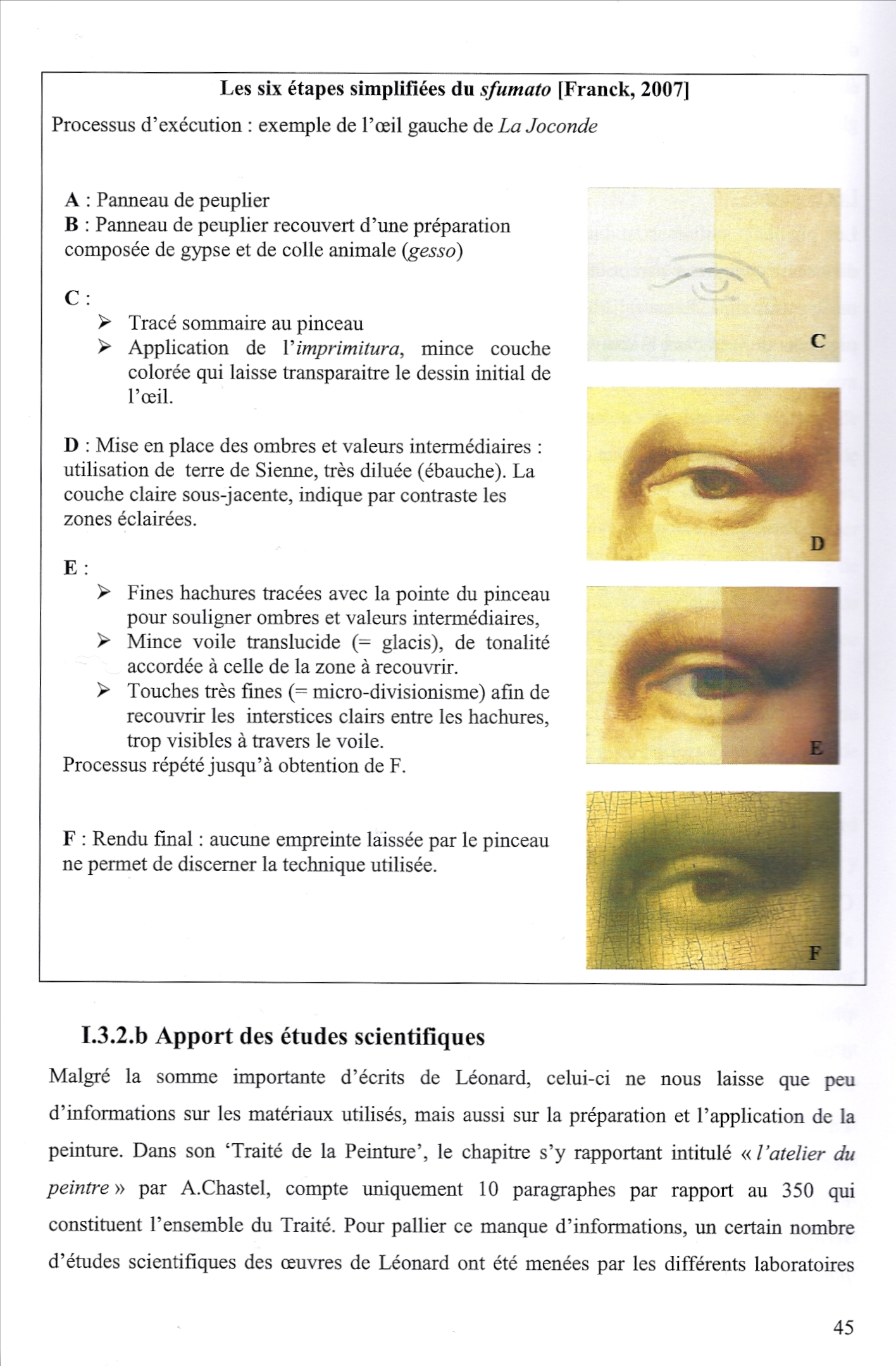*
First established informally in 1990 and more officially in 1997 (see below), the friendly collaboration between Carlo Pedretti and Jacques Franck lasted until Carlo’s definitive move from California to his Tuscan villa of Castel Vitoni sopra Vinci around 2010. Regular contacts and meetings took place either in Paris, Florence or Vinci until Carlo’s ultimate years of activity, notably on November 27, 2017, a few weeks only before the great Leonardo scholar’s death in early January 2018. His dear wife Rossana survived him for 18 months, since she deceased in late June 2019, as she was heading the newly founded Pedretti Foundation in which Carlo had instructed that I participate as a consulting expert in his last email, a wish unfortunately left unconfirmed owing to circumstances. The stimulating moments of my collaboration with Pedretti are best illustrated when Carlo was still running the Armand Hammer Center for Leonardo Studies at UCLA, while editing the ALV Journal (Achademia Leonardi Vinci) at the same time, a legendary scholarly review in which my insights on Leonardo’s sfumato technique and on the questionable conservation of his major works have been published on several occasions.
The Armand Hammer Center for Leonardo Studies : from Los Angeles to Urbino, a close and permanent collaboration with Carlo Pedretti.
Pr. Carlo Pedretti (1) and the first press announcement of the foundation of the Armand Hammer Center for Leonardo studies at UCLA (2).
Examples of the Center’s own activity when at UCLA
Carlo Pedretti (editor of the ALV Journal) with (right to left) president Jogn Pierro of Rockwell International, NAA Division, and Conrad Kuhnf, PR Officer, joined by two recipiens of the « Leonardo medallion » for 1990, Dr. Elizabeth Bleszynski and Dr. Kevin Bowcutt (1). The « Leonardo medallion » for the prestigious Engineer of the Year Award established by Rockwell International, the industry responsible for America’s space program. Leonardo’s eventful career is symbolized by his portrait as a young man in Verrocchio’s David (National Museum of Sculpture at the Bargello in Florence), and by his self-portrait as an old man at Turin. The silver piece, designed by Rockwell engineer James Lo Bianco in 1980, opens in the middle to reveal a striking synthesis of Leonardo’s achievements in all his fields of endeavor (2) (from ALV, vol. III, 1990, Previews).
Giuliano Ghelli’s « In viaggio con Leonardo ». Exhibition of paintings, sculptures and etchings in the Sala del Tesoro of the Sforza Castle in Milan, with Bramante’s Argus in the background (June 1992). Event organized by the City of Milan and the Biblioteca Trivulziana in the program of « The Artist’s Eye on Leonardo » promoted by the Armand Hammer Center for Leonardo Studies at UCLA. The exhibition, which was installed again in the autumn, will be taken to Paris and Stuttgart in 1993. Above : Leonardo’s Codex Trivulzianus as the focal point of the Ghelli exhibition. Photographs by Stefano Giraldi (from ALV, vol. V, 1992, The Artist’s Eye on Leonardo).
Jacques Franck representing the Center in Europe
Jacques Franck at the Congress organized on its 75th birthday by the Association Générale des Conservateurs des Collections Publiques de France (AGCCPF), in the Palais du Luxembourg (French Senate, Paris, 25-27 March 1998 ; proceedings published under the eagis of the Direction des Musées de France).
Jacques Franck at the First E.C.C.O. Congress (European Confederation of Conservator-Restorers’ Organizations) and the A.R.I. (Associazione Restauratori d’Italia), Florence, Palazzo degli Affari, 29-31 May 1997, paper published in Italian in Kermes, n° 31, 1998).
Jacques Franck’s interview in L’Estampille – L’Objet d’Art, n° 328, 1998, following a worldwide survey in the art press about an eventual cleaning of the Mona Lisa.
Representing the Center in the « Journées AEC de la Couleur », Couleur et environnement, organized by the Association Européenne de la Couleur, Paris, 1999, Auditorium de la Grande Galerie de l’Evolution du Musée National d’Histoire Naturelle.
Jacques Franck’s article in Dossier de l’Art, n° 96, about Leonardo’s drapery studies, following the Louvre exhibition Léonard de Vinci, Dessins et manuscrits, Paris, May-July 2003.
Participating as a Section Curator in Prof. Paolo Galluzzi’s exhibition La Mente di Leonardo. Nel laboratorio del Genio Universale, Florence, Galleria degli Uffizi, March 2006 – January 2007, under the High Patronage of the President of the Italian Republic.
Jacques Franck invited by the Musée du Louvre in 2009 to the « Journées Léonard » Congress (1) and, the next year, to join the international scientific committee of experts advising the restoration of Leonardo’s The Virgin and Child with St Anne (2).
« Art, Law and Crises of Connoissorship », conference jointly organized on the 1st December 2015 by Artwatch UK, Center for Art Law (New York City) and The London School of Economics at the society of Antiquaries of London, Burlington House, London.
The ALV Journal vol. X
1. The last volume of a yearly publication set up in 1988.
2. The Editorial Team.
3 & 4. « Justissimus Dolor », Carlo Pedretti’s Introduction to Jacques Franck’s article « The Last Super, 1497-1997 : The Moment of Truth », in ALV, vol. X, 1997, p. 165-182.
5. Vol. X, Announcement by Carlo Pedretti of Jacques Franck’s nomination as a Permanent Consulting expert to the Armand Hammer Center for Leonardo Studies at UCLA.
6. Vol. X : The Authors.
Carlo in his last days
Carlo Pedretti, Jacques Franck and friends at Castel Vitoni in Lamporecchio, in November 2017.
**
Reconnaissance scientifique (2009-2015)
1. Dictionnaire Bergeon Langle & Curie, 2009, vol. 1, p. 55 (sfumato)
2. Thèse de doctorat de science de Laurence de Viguerie (C2RMF / UMR 171 CNRS), p. 44-45 (sfumato)
À SUIVRE
« L’année Léonard »
À l’occasion du cinquième centenaire de la mort de Léonard de Vinci (1452-1519), nous avons souhaité mettre l’accent sur le message artistique du maître tel qu’il ressort du Traité de la Peinture. En effet, l’art pictural de Léonard, qui procède nécessairement d’une logique d’atelier, est détourné de son sens véritable quand l’angle étudié se limite aux seuls aspects historiques ou matériels de l’œuvre. De la sorte, Jacques Franck a défini son action commémorative selon deux axes significatifs.
A. Éclaircissements dans la presse internationale sur le Salvator Mundi.
B. Cycle de conférences consacrées à la technique d’exécution des œuvres.
1. Au Centre Français de la Couleur (CFC)
Le Sfumato, une technique picturale et son évolution, organisé par Laurence Tardy, 13 avril 2019, La Bonne Graine, 75011 Paris.
Partie I
Partie II
Partie III
Partie IV
2. Au Centre d’Études Supérieures de la Renaissance (CESR)
LXIIe Colloque International d’Études Humanistes, Léonard de Vinci, Invention et Innovation, organisé par Pascal Brioist & Laure Fagnart, 24-28 juin 2019 (Actes en cours de publication)
Vendredi 28 juin 2019 – Domaine National de Chambord
10h30 Jacques Franck, International Leonardo consulting expert, Paris
Montrer la forme dans la lumière. L’innovation technique dans l’art pictural de Léonard de Vinci
The theoretical grounds and the practical material that had first been conquered and subsequently transmitted by Leonardo’s great predecessors constitute the overall context within which his unprecedented research has grown and developped. At the date when the Florentine master assimilated his century’s essential innovations in the painterly field and when, further on, he examined them critically while offering new solutions, the 15th century had nearly ended. For this reason Leonardo stands as the agent of the Quattrocento’s second revolution in the realisation of space in painting, precisely as one of the complex relationship between forms and light inside a more or less illuminated space continuum. Leonardo’s innovative contribution lies essentially in the specific means he will use to render for the first time the volume of forms in a life-like fashion, namely by the combination of linear perspective, the perspective of colour, the perspective of disappearance. The young painter soon understood through practice that representing three dimensional objects on surfaces is a challenging paradox, given that no perspective system can help imitate in a painting the 3D effects that are produced by binocular vision, from which faculty alone depends the perception of space and volume. His original contribution will therefore be seen to have rested on using geometric [linear] perspective (corresponding to monocular vision) to shape the forms schematically and then to use colour perspective and the perspective of disappearance to cover this basic [graphic] shaping in order to simulate volume as exists in binocular vision. Chiaroscuro and sfumato became thus an essential part of the Leonardian creative process. By investigating Leonardo’s masterpieces and their technical/scientific files closely, one can follow the master at work in his studio.
3. Au Cercle des Amis de la Maison de Balzac

